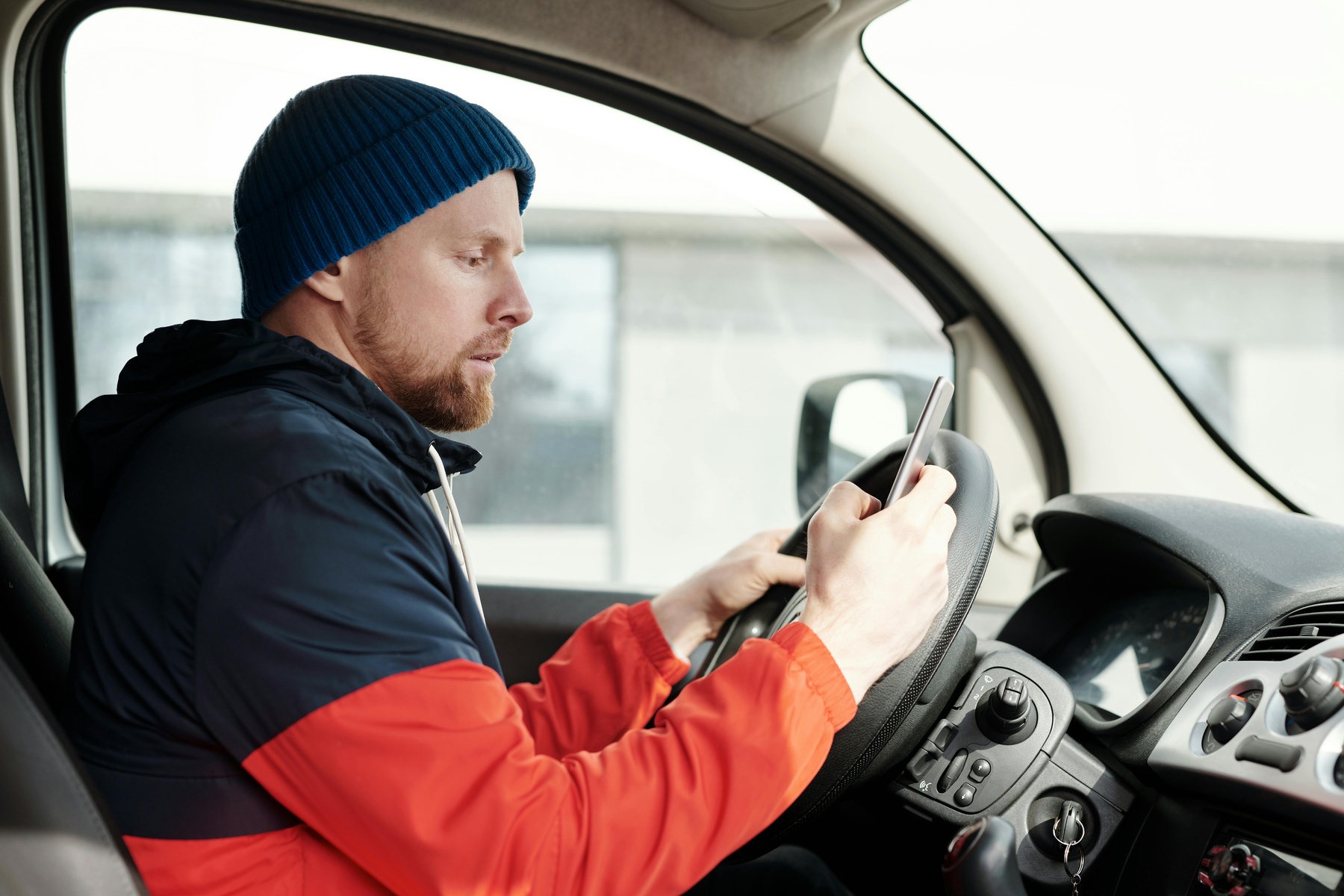If you’re looking for a well-paying side hustle or even a full-time job with a lot of flexibility, driving for Lyft can be a viable option. To improve your chances of qualifying, here are some Lyft driver and vehicle requirements you should know about.
Lyft Driver and Vehicle Requirements
To drive for Lyft, you need to meet specific criteria involving age requirements, valid documentation, and a clean driving record. Each factor allows for both driver and passenger safety. Familiarize yourself with these vital details to smoothly navigate the application process.
Basic Driver Requirements
Before you start your application to drive with Lyft, there are some basic criteria you must fulfill.
- You typically need to be of a certain age, which varies from 21 to 25, depending on the region where you plan to drive.
- It’s vital to have at least one year of licensed driving experience or more if you recently moved from another country.
- Possessing a valid driver’s license is mandatory, and it must be issued by the state where you will operate.
- You also need an eligible, insured vehicle that meets specific safety and emission standards.
Lyft emphasizes these requirements to uphold a secure ridesharing environment for everyone – driver, passenger, and other road users inclusive.
Document Requirements
When preparing to apply, gather the necessary documents to prove your eligibility. You must have a current driver’s license and a valid vehicle registration document corresponding to your car. Proof of personal car insurance is also necessary, even though most states have their own ridesharing insurance policies.
The Driver’s Privacy Protection Act (DPPA) ensures personal data protection when Lyft accesses driver records. Lyft uses platforms like Checkr for background checks, which adhere to the Fair Credit Reporting Act (FCRA) to protect drivers during pre-employment screening.
Make sure your documents are updated and accurately reflect your personal and vehicle information. Lyft requires drivers to use the Lyft Driver app to verify and upload needed documents. This attention to detail can prevent delays in your application process.
Background Checks and Driving Record
A thorough background check is conducted to enhance safety within the Lyft community. This includes a criminal background check and a review of your driving history through services like Checkr. Your driving record should be free of major violations like DUIs or violent crimes.
Lyft complies with FCRA (15 U.S.C. § 1681) for background checks. Specific disqualifiers such as DUI offenses align with state Department of Motor Vehicles (DMV) regulations, which may vary.
Minor offenses and recent driving experiences are also scrutinized. A history marred by multiple moving violations can affect your application. Lyft will also look for a history of safe driving habits, as shown by DMV checks. By maintaining a clean history, you’re more likely to succeed in becoming a Lyft driver.
Request Your Free Consultation
"*" indicates required fields
Lyft Vehicle Standards
Before hitting the road with Lyft, your vehicle must meet several specifications to certify safety and compliance. These standards include requirements for doors, seatbelts, and vehicle inspections, among other criteria.
Vehicle Requirements
Your vehicle must have four doors and at least five seatbelts to accommodate passengers safely. Vehicles like stretch limousines are not allowed. Vehicles need a valid license plate, and they must adhere to local city or state-specific requirements.
It’s important to review local regulations, as these vary widely. You can find more detailed information and requirements on Lyft’s vehicle requirements page.
 How Much Is Your Settlement Worth?
How Much Is Your Settlement Worth?
Schedule a completely free, no obligation consultation with our team
Schedule Consultation
Vehicle Inspection and Insurance
A thorough vehicle inspection is required to make sure safety standards are met. This includes checking vital components like brakes, tires, and lights. Depending on your location, you may need to complete this inspection at a designated facility.
Insurance is mandatory, including personal auto insurance and Lyft’s additional insurance coverage when you are logged into the app. You must carry proof of vehicle insurance at all times. Liability insurance is also a requirement in many areas.
Vehicle Age and Condition
The age and condition of your vehicle are vital factors for approval on the platform. Most cities have a vehicle age requirement, typically a specific model year or newer, to guarantee reliability and safety. Regular maintenance helps keep your vehicle in prime condition.
Lyft encourages using well-kept cars that pass inspections and exhibit no major damages. Specific requirements might vary, so consulting Lyft’s guidance for your area or Lyft’s eligibility criteria is advisable.
Being familiar with these standards and keeping your vehicle in top shape certifies a safe and reliable experience for both you and your passengers.
Insurance Coverage and Legal Protections
Rideshare insurance provided by Lyft is in compliance with state laws, such as California Insurance Code § 11580.24, which mandates minimum liability coverage during app usage. Drivers are required to maintain personal auto insurance to meet baseline legal requirements. Lyft supplements this with platform-specific insurance while the app is active.
Related Questions
What Are the Driver Age and Licensing Prerequisites for Lyft?
To become a Lyft driver, you typically need to be at least 21 years old. However, this can vary by region, ranging from 21 to 25 years. You must also have a valid driver’s license and a year of driving experience. It’s important to check local regulations as they can differ.
Are There Specific Vehicle Requirements for Lyft Drivers in California?
Yes, California has specific vehicle requirements for Lyft drivers. Your vehicle must meet state safety standards and pass an inspection. For more detailed guidelines, visit the Lyft help page for California-specific requirements.
What Would Disqualify Someone From Becoming a Lyft Driver?
Certain factors can disqualify you from driving with Lyft. These include having a criminal record, Lyft auto accident incidents, or recent driving Lyft violations. Disqualifications also depend on local laws. Make sure you review the criteria specific to your state or city to know the requirements.
Conclusion
As you prepare to drive and earn with Lyft, having flexibility in your work schedule is a significant benefit. Maintaining compliance with local regulations and requirements is important to your success and safety as a driver. Use these tips to hit the road smoothly and start your journey with confidence!

Allen Vaysberg practices personal injury law and works tirelessly to defeat the tactics of insurance companies and large corporations who try to deny justice and fair compensation to injured people.



